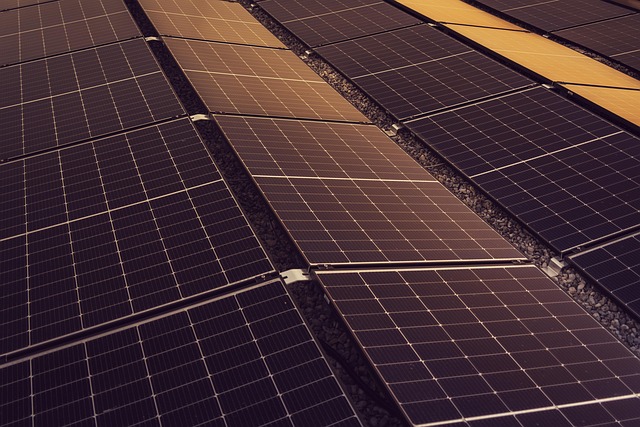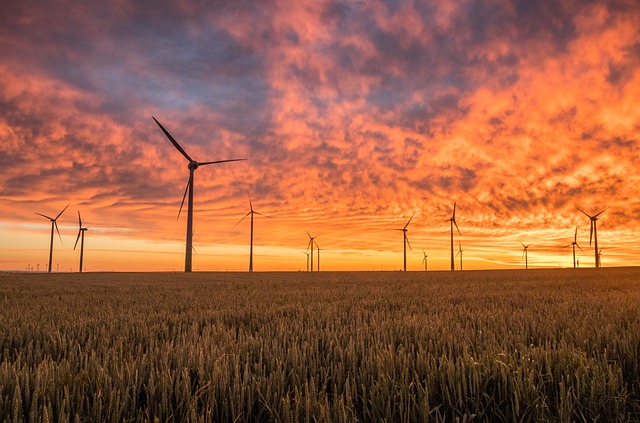As the world grapples with the urgent challenge of climate change, the need for innovative solutions has never been more pressing. In pursuit of sustainable development, the focus on carbon dioxide emission reduction becomes paramount. By adopting green technologies, we not only enhance our ecological footprint but also pave the way for a carbon-neutral future.
One of the most exciting advancements in this field is renewable energy. Technologies such as solar, wind, and hydroelectric power are changing the landscape of energy consumption. By harnessing these natural resources, we can significantly reduce carbon emissions and transition toward a cleaner, more sustainable energy grid.
Energy efficiency technologies are also key players in this movement. Smart appliances and advanced building materials can minimize energy consumption in our homes and offices. By implementing these technologies, we can lower our carbon footprints while also saving on energy bills.
Electric vehicles (EVs) represent another crucial innovation. As transportation accounts for a significant portion of global carbon dioxide emissions, the shift from fossil fuel-driven vehicles to EVs is essential. Not only do they produce zero tailpipe emissions, but advancements in battery technology are also making them cheaper and more accessible than ever.
In addition to these, carbon capture and storage (CCS) technologies are gaining traction. These systems capture CO2 emissions before they enter the atmosphere, storing them safely underground. This method offers a transitional solution while we work to replace carbon-intensive processes with greener alternatives.
Biotechnology is making strides in carbon dioxide emission reduction as well. By developing biofuels from agricultural waste and other organic materials, we can replace fossil fuels with sustainable options that are not only renewable but also help in waste management.
Furthermore, green building initiatives focus on creating structures that utilize sustainable materials and maximize energy efficiency. Green roofs, for example, can absorb CO2 while providing insulation and cooling to buildings, enhancing urban environments.
Thermal energy storage systems also play a pivotal role in this movement. By saving excess energy generated during low-demand periods, these systems can release it during peak times, effectively balancing the grid without increasing carbon emissions.
Importantly, the circular economy approach emphasizes reducing, reusing, and recycling materials, which lowers waste and carbon emissions. By rethinking our consumption patterns, we can achieve significant progress toward carbon dioxide emission reduction without sacrificing quality of life.
Lastly, public awareness and education on sustainable practices are essential. When individuals and communities understand their ecological footprint and the importance of carbon neutrality, they become empowered to drive change through their choices.
In the journey toward a sustainable future, integrating these green technologies will be crucial. Each innovation not only contributes to carbon dioxide emission reduction but also inspires a collective responsibility toward preserving our planet for future generations.




